Gallery
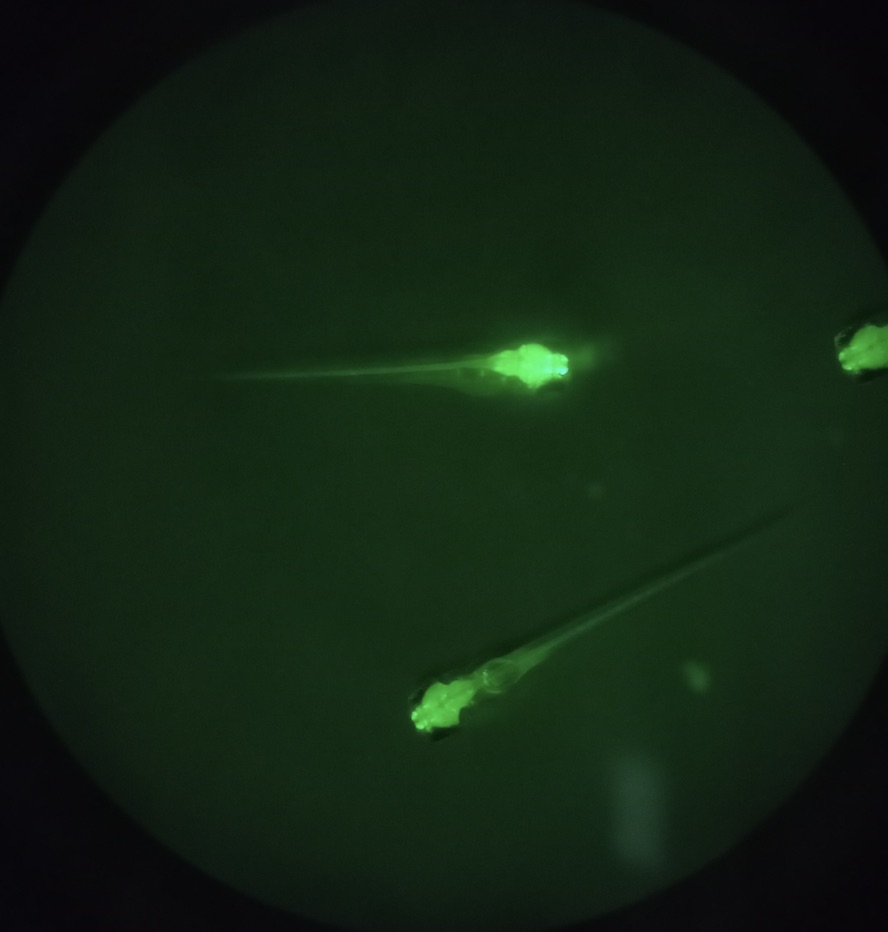
My latest model organism, larval zebrafish (Danio rerio). Neurons are labeled green with a genetically encoded calcium indicator.

Aside from a great research environment and excellent beer, one of the perks Munich has to offer is music, with multiple world-class orchestras and opera houses in the city. Pictured is the Bavarian State Opera decorated for the summer festival 2024.
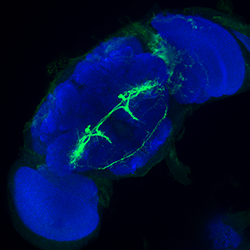
The fly brain neuron called PLP219 (in green), which we identified to be involved in visually-driven collision avoidance behaviors in this paper. I created a new combinatorial transgenic driver (split Gal4) to label this neuron, with a help of a computational tool NeuronBridge.
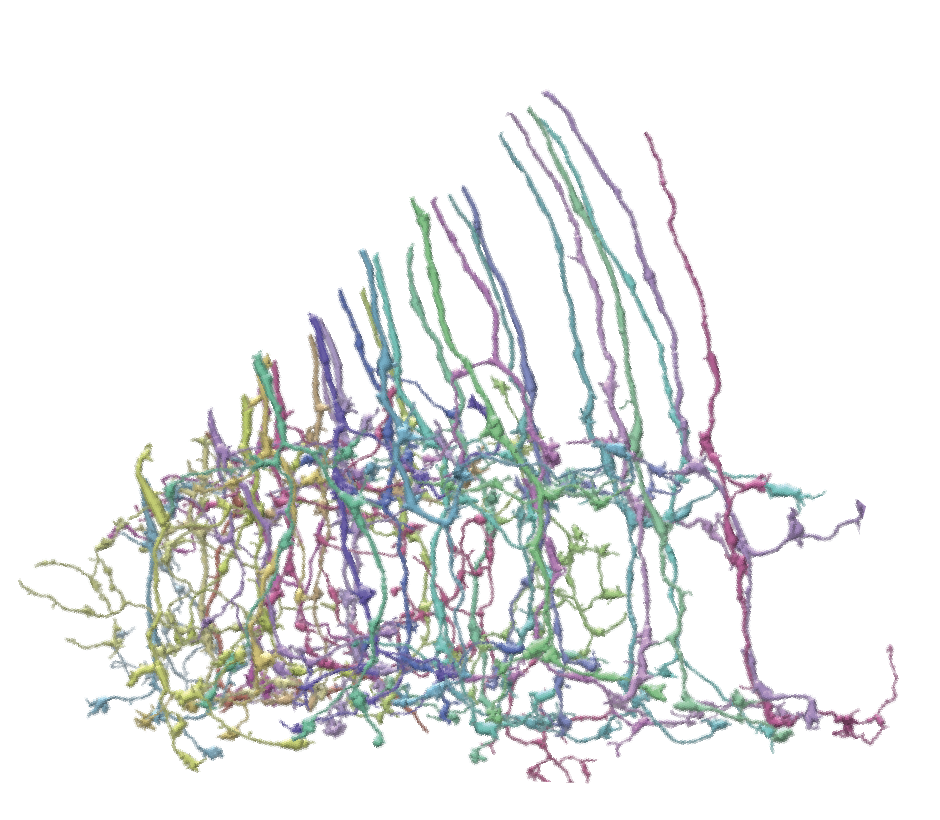
A group of neurons belonging to a putative cell type, which I identified from a fly brain connectome using a clustering analysis in this paper. You can brouse reconstructed neurons in this dataset yourself on the neuPrint website.
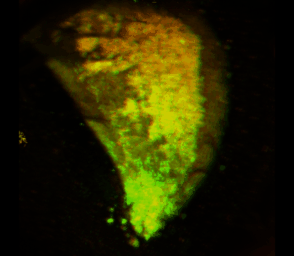
Much of my PhD works circled arround neurons called T4/T5, which are the first neurons sensitive to directions of motion in the fly brain. The bright yellow blobs are the cell bodies of T4/T5 sitting on the outer surface of a neuropil called lobula plate, and the two curved planes are the deepest layer of medulla and the shallowest layer of lobula, where dendrites of T4 and T5 respectively innervates.
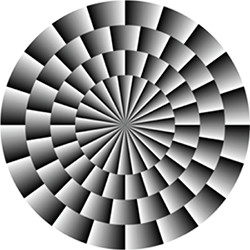
This classic illusion called "Fraser-Wilcox illusion" first reported in 70's gives the impression of slow rotation, even though it is a stationary image. Our paper in 2020 showed that flies are also vulnerable to this exact same illusion just like us, revealing a surprising similarity between human and fly brains.
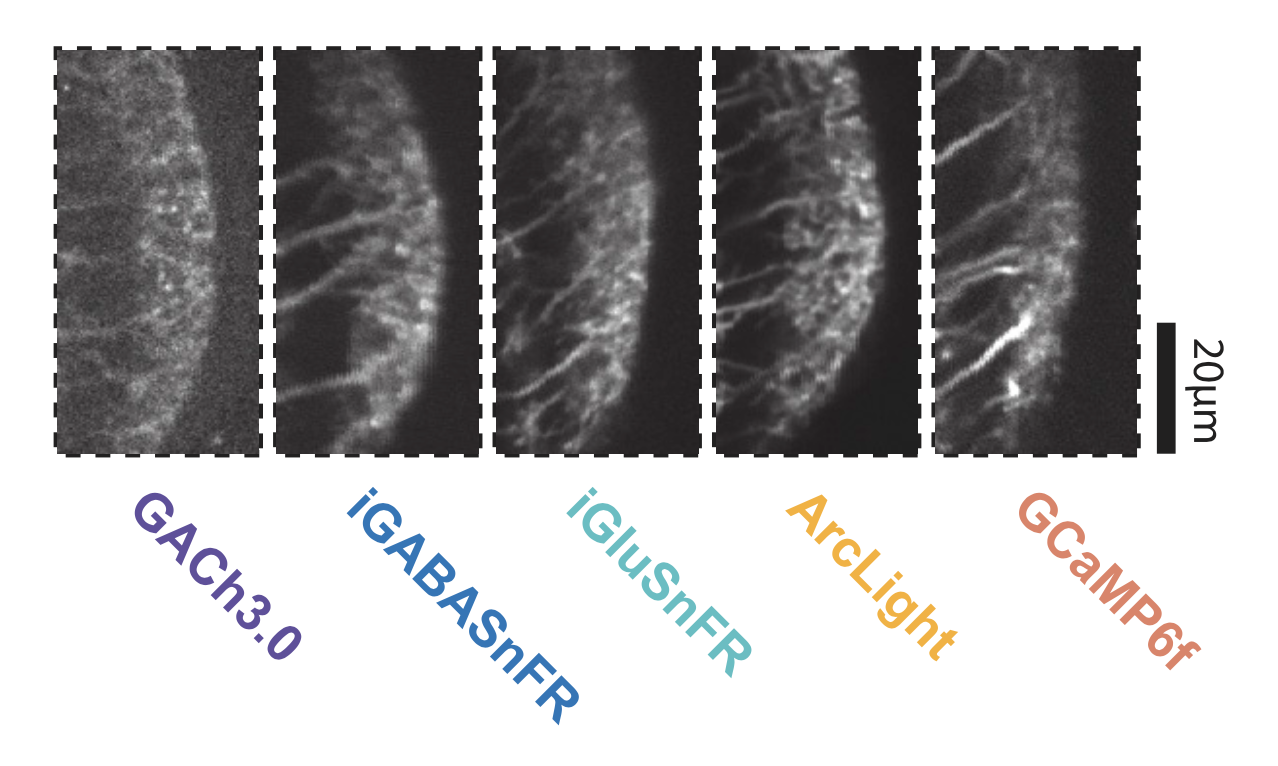
The dendrites of LC11 neurons, visualized with five different fluorescent indicators of neural activity and neurotrasmission. These different indicators can elucidate various aspects of signal transmissions in specific types of neurons, helping us understand how the brain perform computation.
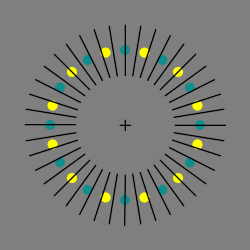
The Orb Illusion. When you fixate on the central cross, the cyan dot (which is isoluminant with the background) appears to be not moving. I won the 3rd place at the annual Illusion Contest in Japan in 2016 with this illusion.
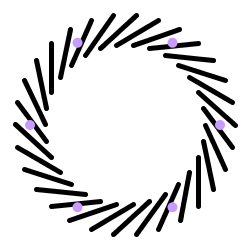
The Cyclone Illusion. The dots appear to be moving outwards, even though they are actually moving on a circle. I won the 2nd place at the annual Illusion Contest in Japan in 2015 with this illusion.
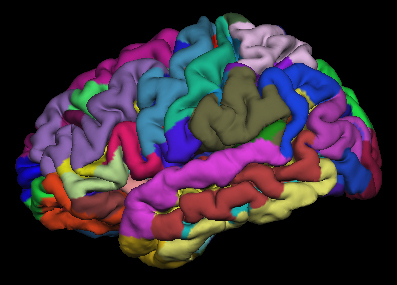
The left hemisphere of my cerebral cortex, scanned with a 3T MRI scanner at the University of Tokyo, circa 2015. The pial surface was reconstructed and segmented into cortical areas with the FreeSurfer software. Likely it has shrunk a little bit over the years.